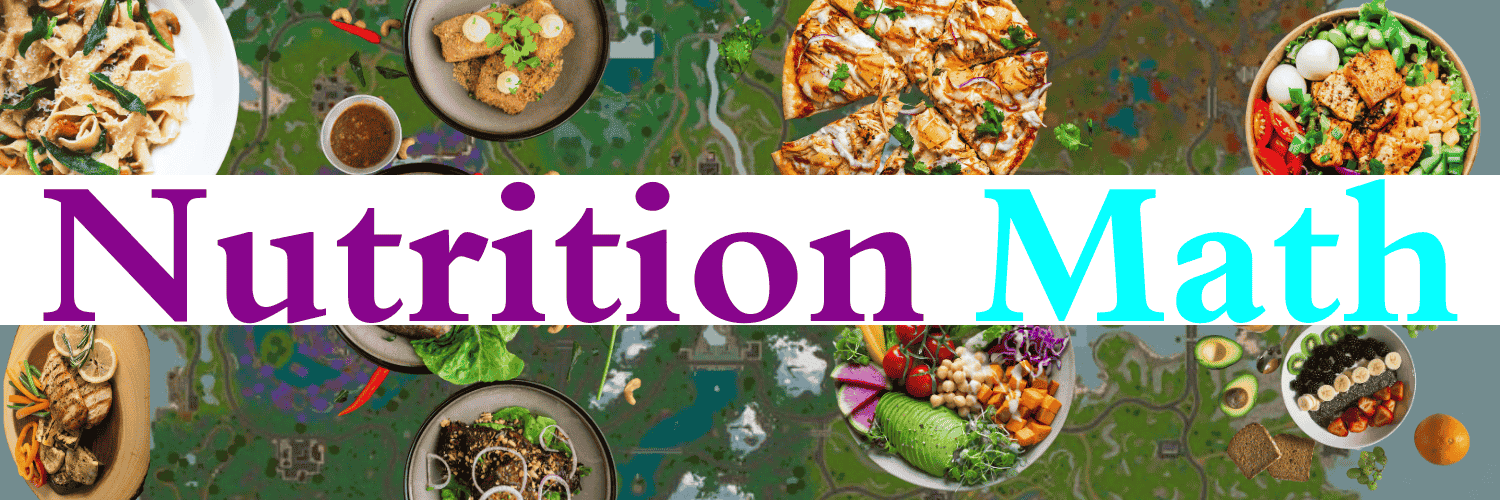Introduction to the Planetary Health Diet
The Planetary Health Diet (PHD) represents a significant advancement in dietary science, aiming to address both human health and environmental sustainability. Developed by the EAT-Lancet Commission, a collaboration of 37 world-leading scientists from 16 countries, the PHD was introduced in their 2019 report, “Food in the Anthropocene: the EAT-Lancet Commission on healthy diets from sustainable food systems.” This diet is designed to feed a projected global population of 10 billion by 2050 while staying within planetary boundaries, addressing climate change, freshwater use, and biodiversity loss.
Picture a meal that’s a love song to your body and a high-five to the planet. The PHD is a flexitarian, largely plant-based diet with a spotlight on vibrant vegetables, hearty legumes, and crunchy nuts, and just a whisper of red meat. It’s a galactic pact to nourish humanity while keeping Earth thriving.
Composition and Recommendations
The PHD is a flexitarian diet, largely plant-based, with optional modest amounts of animal source foods. It’s a bold remix of eating habits, doubling down on plant-based power and slashing processed junk. Below are the specific daily intake recommendations for an average adult (2500 kcal/day), based on the Commission’s findings:
| Food Group | Grams per Day (Range) | Caloric Intake (kcal/day) | Health and Environmental Notes |
|---|---|---|---|
| Whole grains (Rice, wheat, corn, etc.) | 232 | 811 | High fiber, reduces heart disease risk, lower land use |
| Tubers or starchy vegetables (Potatoes, cassava) | 50 (0–100) | 39 | Carbohydrate source, moderate environmental impact |
| Vegetables (All) | 300 (200–600) | 78 | Rich in vitamins, antioxidants, low carbon footprint |
| Fruits (All) | 200 (100–300) | 126 | High in vitamins, fiber, minimal environmental impact |
| Dairy foods (Whole milk or equivalents) | 250 (0–500) | 153 | Calcium source, moderate emissions compared to meat |
| Protein sources: Beef, lamb, and pork | 14 (0–28) | 30 | High emissions, linked to cancer risk, limited intake |
| Protein sources: Chicken and other poultry | 29 (0–58) | 62 | Lower emissions than red meat, lean protein |
| Protein sources: Eggs | 13 (0–25) | 19 | Good protein, moderate environmental impact |
| Protein sources: Fish | 28 (0–100) | 40 | Omega-3 benefits, sustainable if sourced responsibly |
| Protein sources: Legumes | 75 (0–100) | 284 | Protein, fiber, low environmental impact |
| Protein sources: Nuts | 50 (0–75) | 291 | Healthy fats, protein, water-intensive but carbon-efficient |
| Added fats: Unsaturated oils | 40 (20–80) | 354 | Heart-healthy, low environmental impact |
| Added fats: Saturated oils | 11.8 (0–11.8) | 96 | Limit due to health risks, moderate impact |
| Added sugars (All) | 31 (0–31) | 120 | Limit for weight management, minimal environmental benefit |
These recommendations aim to double global consumption of fruits, vegetables, nuts, and legumes while reducing red meat and sugar by over 50% by 2050, as outlined in the transformation goals.
Health Benefits and Longevity
Research suggests significant health benefits from adhering to the PHD, particularly in reducing premature mortality. A study published in The American Journal of Clinical Nutrition, led by Harvard T.H. Chan School researchers, found that the risk of premature death was 30% lower in the top 10% of participants most closely adhering to the PHD compared to the lowest 10%, with lower mortality from every major cause, including cancer, heart disease, and lung disease. This study, involving over 200,000 participants from the Nurses’ Health Study and Health Professionals Follow-up Study, highlighted a pooled hazard ratio of 0.77 for all-cause mortality when comparing highest to lowest quintiles of PHD adherence.
The PHD’s focus on nutrient-dense, plant-based foods is linked to reducing diet-related noncommunicable diseases, such as obesity, diabetes, and cardiovascular diseases, which are major contributors to global mortality. A study published in The Lancet Planetary Health noted that shifting to plant-rich diets could lower the global burden of these diseases while reducing emissions from the food sector.
However, there is some debate regarding potential micronutrient shortfalls, particularly in iron and vitamin B12, due to reduced animal product consumption. The Commission acknowledges this, suggesting careful planning and possible supplementation to ensure nutritional adequacy.
Health Highlights:
- The fiber from whole grains, antioxidants from berries, and healthy fats from olive oil team up to keep your heart healthy and your cells vibrant.
- Less meat means a lower risk of chronic diseases, paving the way for a longer, zestier life.
Relation to Mediterranean Diet and Blue Zones
The PHD shares significant overlap with the Mediterranean diet, a traditional eating pattern from Mediterranean countries emphasizing fruits, vegetables, whole grains, legumes, nuts, and olive oil, with moderate fish and poultry, and limited red meat and sweets. A cohort study in Spain, presented at ESC Preventive Cardiology 2025, found that both diets were similarly associated with lower all-cause mortality and comparable low environmental impact, highlighting their plant-based advantages.
Blue zones, identified as regions with exceptional longevity (e.g., Sardinia, Italy; Ikaria, Greece; Okinawa, Japan; Nicoya, Costa Rica; Loma Linda, California), follow dietary patterns that align with the PHD. These diets are predominantly plant-based, with about 95% of daily intake from vegetables, fruits, grains, and legumes, and limited meat and processed foods. The PHD’s emphasis on whole grains, legumes, nuts, and vegetables mirrors these patterns, potentially contributing to the extended lifespans observed in blue zones, as noted in research on dietary factors influencing longevity.
The PHD and the Mediterranean Diet are like culinary soulmates—both celebrate olive oil, worship whole grains, and flirt with fish, while giving red meat the cold shoulder. In Blue Zones, this overlap shines—less meat, more plants, and a life well-lived.
Implementation and Practical Considerations
Implementing the PHD involves making plant-based foods the foundation of meals, limiting red meat and processed foods, and choosing whole grains and unsaturated oils. Reducing food waste and opting for locally sourced, seasonal foods can enhance sustainability. The diet’s flexibility allows adaptation to cultural preferences and dietary needs, including vegetarian and vegan options, as highlighted in the Commission’s report.
Start small: swap one meaty meal for a veggie stir-fry. Stock up on chickpeas, quinoa, and almonds. Drizzle everything with olive oil—because why not? Aim for color—red tomatoes, green kale, yellow squash—and watch your plate turn into a rainbow.
Environmental and Global Impact
The PHD’s environmental benefits include a 29% lower contribution to greenhouse gas emissions, 51% lower cropland use, and 21% lower fertilizer use, as found in studies assessing its impact. This aligns with global efforts to meet UN Sustainable Development Goals and the Paris Agreement, addressing the food system’s role in climate instability.
Eating PHD-style is like sending Earth a thank-you note. Swapping a steak for a chickpea curry could cut greenhouse gases by half, save forests from the chop, and let biodiversity breathe. It’s a diet that trims your carbon footprint while filling your belly.
Fun Facts to Chew On:
- A beef burger’s carbon footprint is 10x that of a lentil patty.
- The PHD could save 11 million lives yearly by 2050.
- It’s flexible—tweak it for tacos in Mexico or curry in India!
Challenges and Solutions
Critics raise concerns about potential nutrient deficiencies, particularly iron and vitamin B12, due to reduced animal product consumption. However, careful planning, such as pairing lentils with vitamin C-rich peppers for iron absorption or using supplements for B12, can address these gaps. Cost is another hurdle, with nuts and fresh produce being pricey, but seasonal purchases, bulk grains, and local markets can make it accessible.
No diet’s perfect, right? But here’s the fix: pair lentils with vitamin C-rich peppers for iron boosts, or pop a B12 supplement if you’re all-in on plants. The PHD’s flexibility means you can tweak it—add a little dairy here, a fish fillet there—and still keep the planet smiling.
How to Start Your PHD Journey
To begin, swap one meaty meal for a veggie stir-fry, stock up on chickpeas, quinoa, and almonds, and drizzle with olive oil. Aim for colorful plates—red tomatoes, green kale, yellow squash—and reduce waste by composting scraps or freezing leftovers. Shop locally when possible, making it a gradual shift into a sustainable lifestyle.
Cut waste, too—compost scraps, freeze leftovers. It’s not a sprint; it’s a slow groove into a lifestyle that’s as good for you as it is for Earth.
Key Takeaways
- Plant Power: More greens, less beef = vitality + sustainability.
- Blue Zone Magic: Longevity’s on your fork—eat like a centenarian.
- Future-Forward: 2025’s hottest trend is eating for the planet.
- Flex It: Adapt the PHD to your culture, budget, and taste.
Conclusion
The Planetary Health Diet offers a comprehensive approach to eating that supports personal health, longevity, and environmental sustainability. Its alignment with the Mediterranean diet and blue zone dietary patterns underscores its potential to reduce premature mortality and promote a healthier planet. As research continues, wider adoption could prevent millions of premature deaths annually, making it a vital strategy for future food systems.
This isn’t about restriction—it’s about reimagination. The Planetary Health Diet invites you to savor a world where food heals both you and the soil beneath your feet. It’s a bold, colorful rebellion against processed junk and climate chaos, served with a side of hope. Ready to take a bite?




